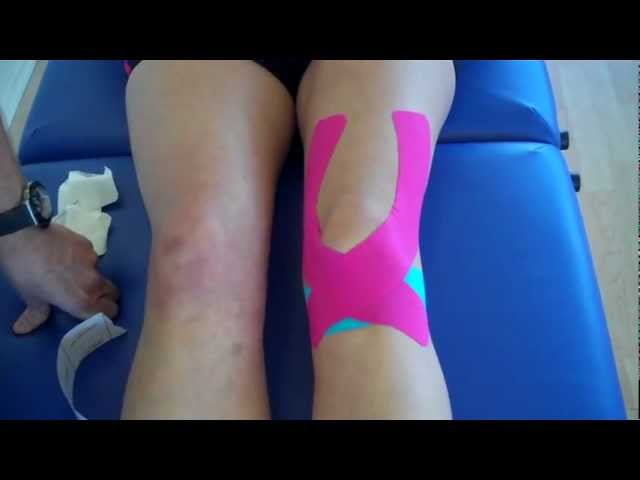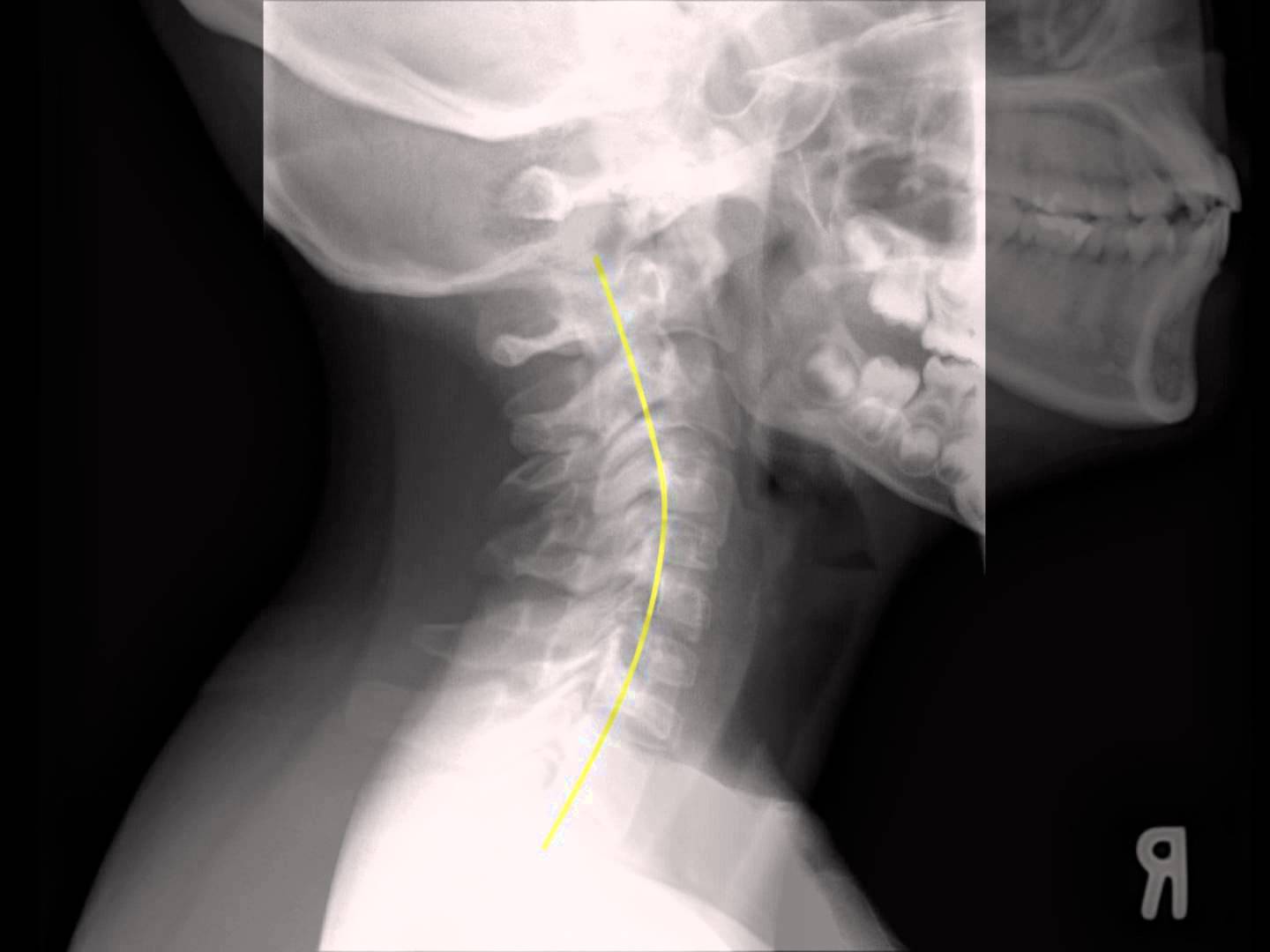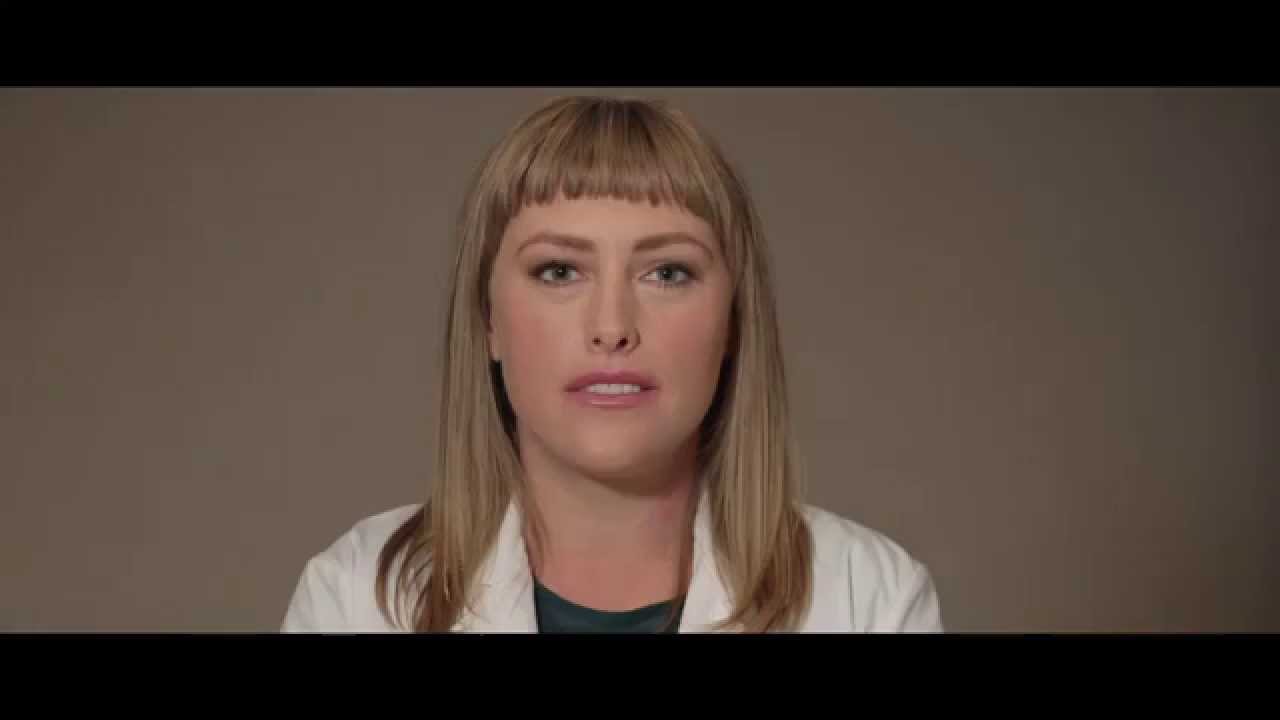http://www.johngibbonsbodymaster.co.uk/courses/kinesiology-taping-for-the-athlete-masterclass/
John Gibbons is a sports Osteopath, author and a lecturer for the 'Bodymaster Method ®' and in this video he is demonstrating how to apply Kinesiology tape for the Patella Femoral Joint and general knee pain. Want to learn how to apply Kinesiology tape and other Physical Therapy CPD Courses then look on http://www.johngibbonsbodymaster.co.uk
John is also the Author of the highly successful book and Amazon No 1 best seller, called 'Muscle Energy Techniques, a practical guide for physical therapists'. John has also written a further 3 books, one is called 'A Practical Guide to Kinesiology Taping' and this comes with a complimentary DVD and the other book is called; 'Vital Glutes, connecting the gait cycle to pain and dysfunction' and the most recent is 'Functional Anatomy of the Pelvis, Sacroiliac Joint.
All his books are available to buy now through his website http://www.johngibbonsbodymaster.co.uk/books/ or from Amazon http://www.amazon.co.uk
John now offers Advanced Training in all aspects of Sports Medicine to already qualified therapists in manual therapy to 'Diploma' Level. You need to have attended all of his Physical Therapy Courses before the diploma is awarded. His venue is based at the idylic venue of Oxford University, home of the first four-minute mile by Roger Bannister.
John is currently writing another 2 books on Shoulder Complex and Nerve testing. These will be available at the end of 2017.




